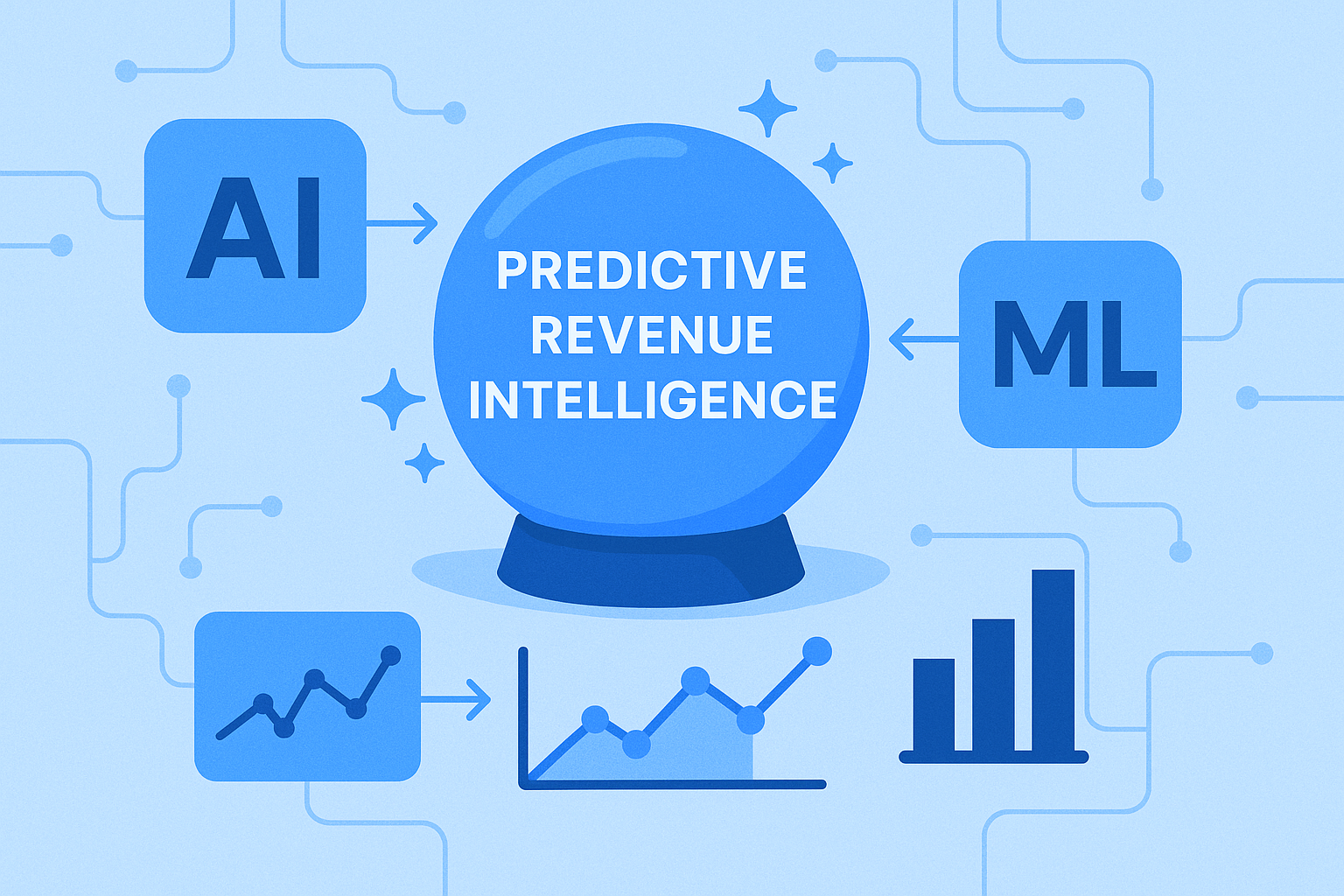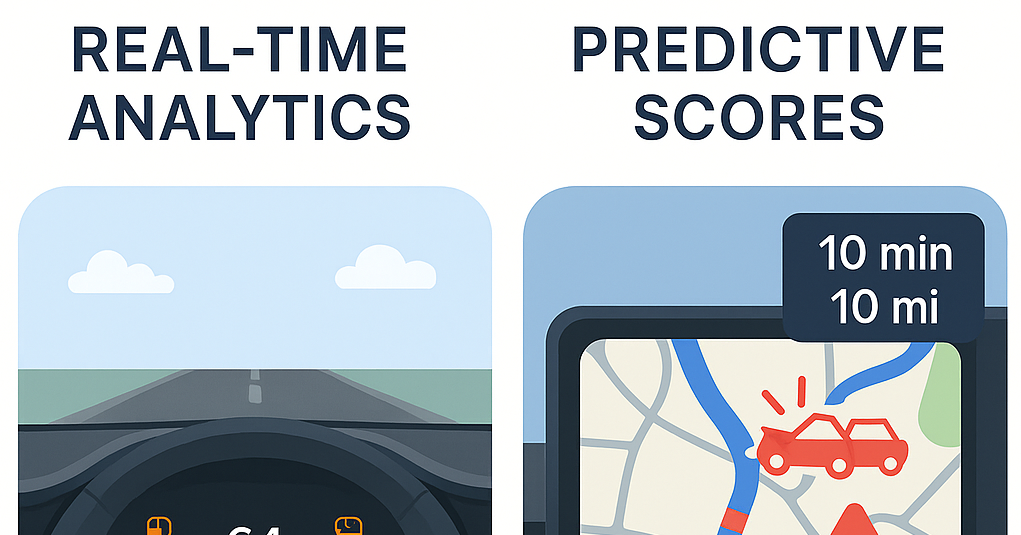Exceptional Account Teaming is a Competitive Advantage
In all my years in customer success, sales, and presales roles, the best performing territories with the most successful customers in the top performing companies all had something in common. They absolutely nailed account teaming. Teams didn’t just work well together, they codified how they worked together, they defined and embraced their roles supporting the customer, and they held each other accountable. It was music and their customers thrived.
Why invest in account teaming? Because better account teaming equals better net retention. A 2021 McKinsey study showed that the top SaaS companies prioritize net retention and invest as much into existing customers as acquiring new customers.
Exceptional account teaming doesn’t happen by accident. In fact, the reason it’s a competitive advantage is because it’s not very common. Most organizations invest a lot of time, resource, and technology into operating well within a function but invest very little in working well across functions. There is often a lot of discussion about how it needs to get better, but very little real action or investment to make it better.
Do you agree? Is good account teaming really important or is it overrated?
Here is a simple framework for effective account teaming:
Document your common objectives. Start with how your customer defines success and derives value. Then included how success is measured for account team members, collectively and individually. Objectives can include customer adoption or value realization goals, ARR growth and retention goals, etc.
Clarify your roles. One of the hardest things to get right in account teaming is making it clear what everyone’s roles are. Roles should be clear to other account team members and more importantly, to customers. Align your team members with customer contacts and strengthen independent relationships.
Codify who does what, when. Account teams will work together on lots of different actions with customers. These actions can be organized into thematic playbooks for objectives like mitigating churn risk, increasing engagement, building growth pipeline, onboarding new customers, etc. A specific team member may be primarily responsible for an objective but multiple team members will contribute actions towards the objective.
Track progress against objectives and make it transparent. Codifying a playbook is a great start. Keeping track of who has done what and what is left to accomplish is also critical to consistent execution and scale. Transparency creates natural accountability because individual team members don’t want to let the team down so they make sure their actions are done.
Review and improve. Meet on a regular cadence to review your customer and individual objectives, review status against active playbooks, and to discuss individual customers. It is important to create an environment where people can be open and honest about what’s working and what’s not working. Teams with a high level of trust that can be honest with each other, will perform better.
How does this “music” appear in real life. Imagine this, a CSM notices a new pipeline opportunity for an existing customer, Globex Corp has been created. The CSM digs in and sees that there has been a stagnation in adoption by Globex and their overall engagement level has dropped in the past quarter. The CSM, AM, and presales engineer meet to flag the pipeline risk and agree on a plan of action. They agree that the CSM will lead an adoption boost sprint to rebuild momentum with the customer and get their consumption moving in the right direction. Once that’s accomplished, the presales engineer will lead a value analysis sprint to prove current value and project future value as Globex grows on the platform. Then, and only then, the AM is in a strong position to lead an expansion sprint to capture the value that’s been created in the form of additional ARR. This is the type of interaction and coordination that makes a great account team.
If you like this framework, you can get started immediately. Get together as a team, discuss the 5 principles of the framework and decide and document how you’re going to work differently.
Most technologies focus on solving problems within a function. Reef was purpose-built to build bridges across teams for exceptional account teaming. Reef cuts out busywork and focuses your teams on what matters most: customer outcomes and net retention.
If you’d like improve your account teaming, we’d love to talk to you and show you Reef. It’s lightweight and easy to get started.




